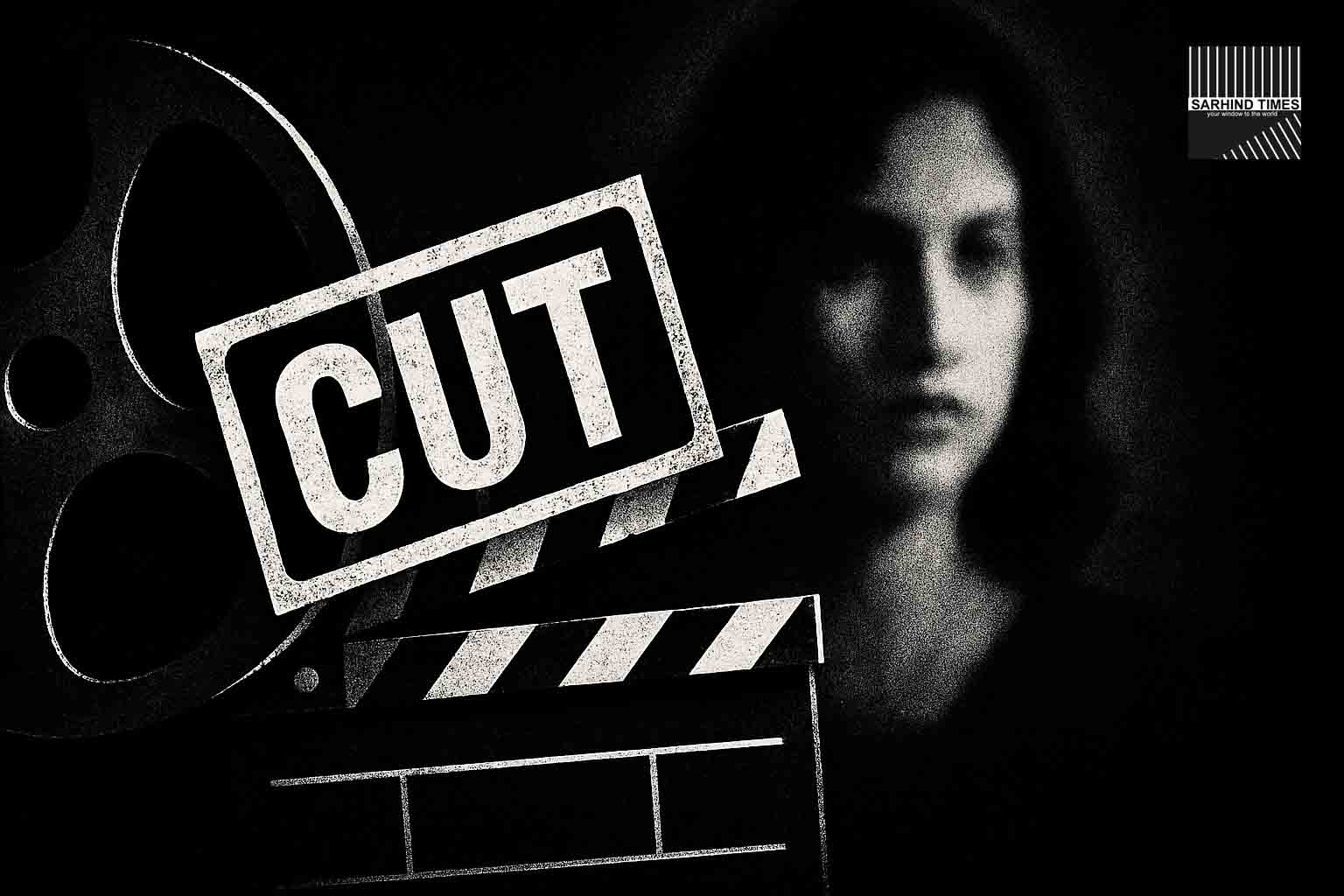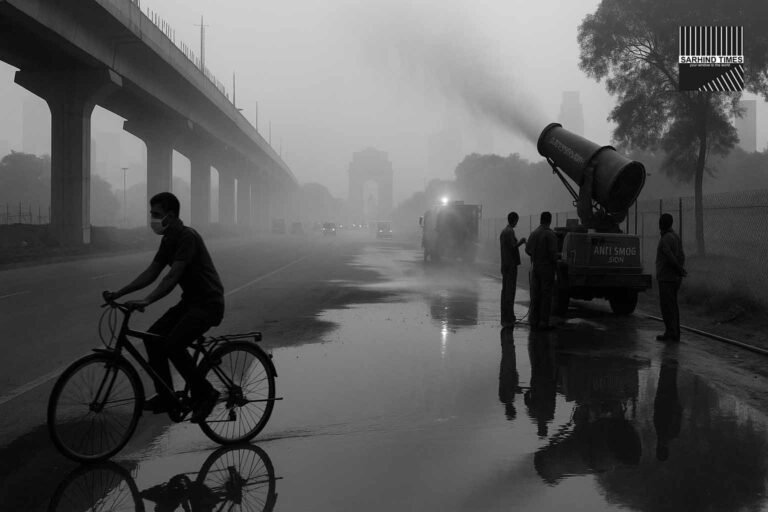New Delhi / Mumbai, Sept 26, 2025 — Homebound, India’s official entry to the Oscars and one of the most anticipated films of the year, has cleared India’s censors — but only after agreeing to 11 mandated edits by the Central Board of Film Certification (CBFC). The decision comes amid growing tensions between filmmakers and regulators over censorship, creative autonomy and public sensibilities. While details of the cuts are partially known, industry insiders and trade outlets indicate that several dialogues, visuals and sequences involving caste, religious symbolism and socially sensitive terms were altered or muted.
As Homebound premieres across India, cinephiles, critics and the industry will closely watch whether these changes dilute the film’s narrative punch or compromise its integrity. The battle over what remains on screen underscores enduring fault lines in Indian cinema: Who defines permissible speech? How consistent are certification norms? And how much must filmmakers yield to regulatory oversight in the name of distribution?
Film Background & Festival Journey
Homebound (2025) is directed by Neeraj Ghaywan, based on a New York Times essay by Basharat Peer, and produced by Dharma Productions, Adar Poonawalla, Apoorva Mehta and Somen Mishra. It stars Ishaan Khatter, Janhvi Kapoor, and Vishal Jethwa.
The film had a distinguished festival run: it premiered in Cannes 2025 in the Un Certain Regard section and earned a nine-minute standing ovation. It also featured prominently at the Toronto International Film Festival, where it was shortlisted as the second runner-up for the People’s Choice International Award. Later, on September 19, 2025, Homebound was selected as India’s official submission to the 2026 Oscars in the Best International Feature category.
Given its international acclaim and the prestige of representing India on the Oscars stage, the certification process in India became a matter of heightened attention.
What Is Known About the CBFC Changes
According to trade reports and outlets like Bollywood Hungama, several concrete details have emerged regarding the 11 mandated edits made by CBFC’s Revising Committee (RC).
Key modifications reportedly required
- Total footage cut: Approximately 77 seconds, according to reports.
- Cricket match scene trimmed: A 32-second portion of a crucial match discussion at ~1:04 timestamp was deleted or modified.
- Dialogue muting & replacement: Six places with objectionable vocabulary or socially sensitive terms (e.g., “gyan”) were muted or altered.
- Removal of “Aloo gobhi… khaate hai”: A colloquial line referencing food was deleted.
- Censoring a 2-second puja visual: A visual of someone performing a ritual (puja) in one frame was removed.
- Additional small cuts: Scenes around 1h22m, dialogue snippets, visuals of passing cars, or overlapping visuals have been flagged in some reports as altered.
- Certification details: After the modifications, the film was passed with a U/A 16+ certificate.
- Duration on censor certificate: The film is listed as 122.00 minutes.
Together, these edits indicate the CBFC was particularly concerned about dialogue referencing caste, religious imagery, certain vernacular terms, and perhaps sequences deemed politically or socially sensitive.
Allegations from within the team
Some crew reports and media claims suggest that the cuts, especially around caste references, “destroyed parts” of the narrative. A source cited that the film had been under pressure since its certification screening, and that the CBFC insisted on altering or removing multiple caste-related lines.
It is said the director did not overtly protest, possibly weighing the commercial and distribution stakes.
Creative vs Censorious Boundaries: Tensions & Debates
The Homebound case is not isolated — it is symptomatic of deeper, enduring debates in Indian cinema about censorship, creative autonomy and the regulatory footprint of CBFC.
Inconsistent norms, opaque decisions
A recurring criticism in the film industry is that CBFC decisions often seem arbitrary, opaque, or inconsistently applied. What warrants removal in one film might pass unaltered in another. The absence of published rationale or detailed cut lists reinforces that perception. The Indian Express recently highlighted that the CBFC has not met in six years, its board term lapsed, and annual reports are missing — calling into question accountability and procedural discipline.
“Censorship raj” and creative chilling
Some filmmakers and critics argue that such interventions create a climate of self-censorship, incentive to avoid sensitive but important themes, or preemptive softening of work to avoid approval delays. The label “censorship raj” is sometimes used wryly to describe perceived overreach.
Filmmaker pragmatism vs principled stands
Producers often face a dilemma: challenge the CBFC (risking delay, legal burden, loss of slot) or comply and compromise narrative integrity. Many choose compliance to preserve release timelines, especially weekend slots critical for box office. The Homebound team reportedly opted for compliance to avoid delaying its launch.
Sensitive themes & social context
Homebound deals with caste, friendship across religious lines, aspiration, discrimination and societal pressures. Given India’s fraught caste, community and religious flashpoints, the CBFC may have been particularly sensitive to language or imagery perceived as provocative. Some of the muted dialogues appear to have touched on these axes.
Certification vs censorship
Some argue that certification should enable viewing choices (U, U/A, A) rather than censor content based on presumed offense. Others hold that CBFC is constitutionally empowered to ensure public order, decency or morality constraints. The tension between enabling art and guarding societal norms is at the heart of the debate.
Impact on Homebound’s Narrative & Reception
Narrative compromises
While 77 seconds may seem modest in a two-hour film, cuts concentrated in key dialogues or symbolic scenes can ripple into character arcs, emotional beats, or audience comprehension. If dialogue that anchors a social critique or character motive is muted, the thematic punch might be weakened.
The cricket scene cut, for instance, may have been a metaphorical pivot — its trimming may lessen narrative texture. The removal of ritual imagery or caste-laden vocabulary may sanitize uncomfortable realities the filmmaker intended to confront.
Critical reception & audience expectations
Given that Homebound carries festival laurels, critical acclaim and Oscar-buzz, audiences will scrutinize whether the Indian theatrical version feels truncated or domesticated. Critics may compare trailers, festival screenings or international versions to spot differences.
Some viewers might question why a film lauded abroad must be edited at home — leading to debates about censorship, national sensitivity, and the maturity of Indian audiences. Conversely, many viewers may not notice minor cuts, and success may ride on performances, pacing and emotional impact.
Commercial considerations
From a business standpoint, compliance avoids delays, enables distribution across states without cut disputes, and ensures promotional momentum stays intact. However, if word spreads that the film is “butchered,” it could generate protest, backlash, or calls for alternate distribution (e.g. festival / digital uncut version).
Broader Trends & Precedents in CBFC Interventions
Homebound is part of a larger pattern of CBFC interventions seen in recent films:
- Dhadak 2 (2025) underwent 16 big changes before clearance.
- Sitaare Zameen Par was cleared post modifications to dialogues, references to names, and visuals.
- Filmmakers have criticized lack of transparency, publication of cut lists, and consistency in decision-making.
There is also systemic disquiet: a media investigation found that the CBFC has not had meetings since 2019, and its board’s tenure has lapsed. The annual report has not been updated since 2016-17.
In response, the Ministry of Information & Broadcasting says the CBFC functions per rules and decisions are subject to appeal. But critics say stronger oversight, clarity, and procedural audits are overdue.
What the Filmmakers, Regulators & Public Must Watch
- Will Homebound’s makers publish a version comparison or note cuts transparently?
- Will critics or film bodies request the uncut version (e.g. festival cut) to be screened publicly?
- Will the CBFC explicitly publish cut rationales or make redaction logs part of their certification transparency?
- Will future filmmakers push for pre-signed contracts, censorship insurance, or legal support to resist cuts?
- Will legislative or judicial reform proposals seek to define a “right to artistic expression” in certification, limiting discretionary censorship?
- Will states or courts permit alternate uncut versions (digital / film society screenings) beyond CBFC versions?
Conclusion
The CBFC’s 11 mandated edits to Homebound ahead of its Indian release highlight not only the tightrope filmmakers walk between artistic vision and regulatory obedience, but also the evolving battle over narrative space in Indian cinema. At a moment when Homebound is representing India on the Oscars stage, its altered Indian version becomes a mirror: how far can a film stretch society’s comfort zones without ceding its message?
If the edits degrade its impact or narrative core, critics may question whether the film’s domestic version is truly the version intended by the director. But if it holds together despite the modifications, Homebound may emerge as a resilient example of expressive negotiation.
Either way, the conversation around censorship, transparency, creative agency, and respect for mature audiences will grow richer—and more urgent.
#Homebound #CBFC #Bollywood #Censorship #Oscars #Cinema #CreativeFreedom #FilmCertification























+ There are no comments
Add yours